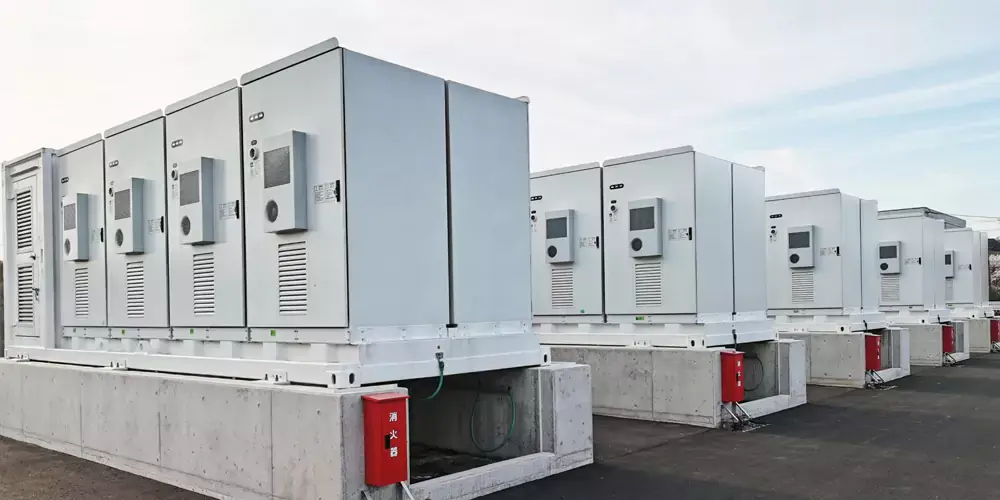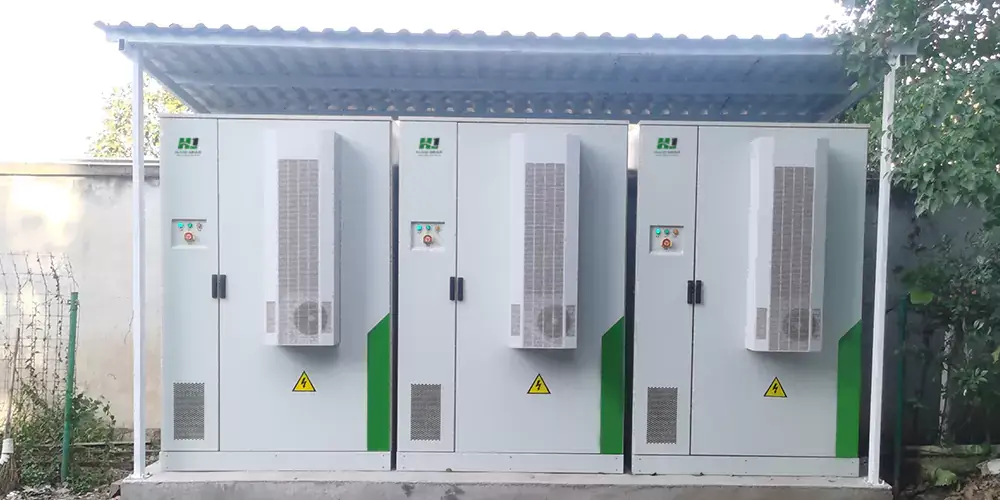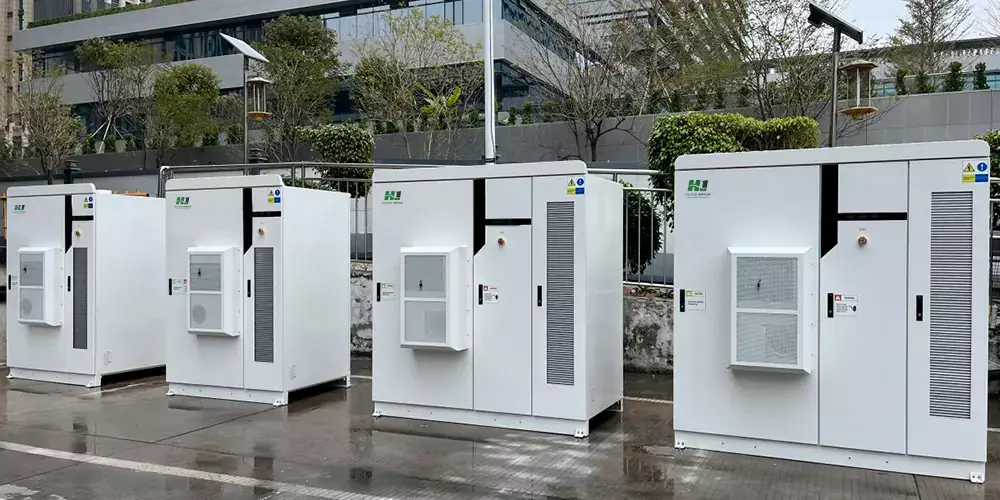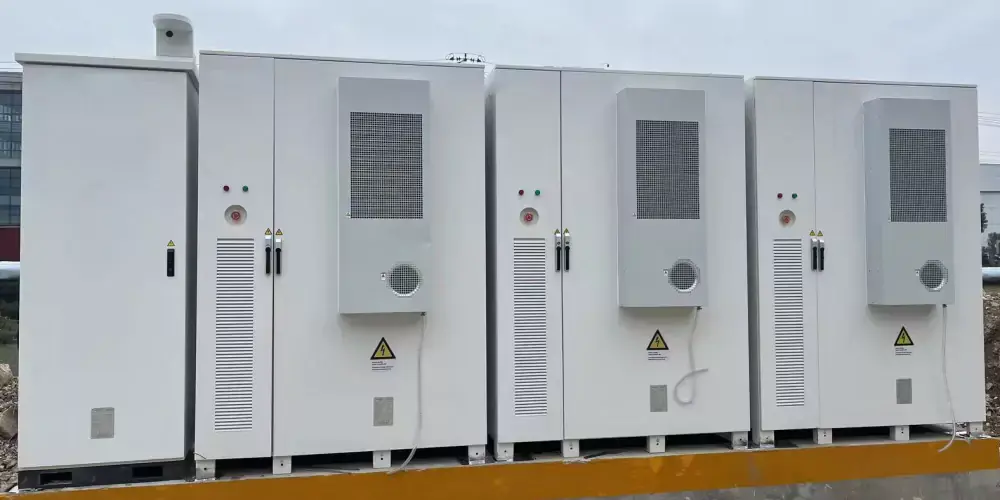The Promising Future of the Integrated Optical Storage and Charging Solution
In the current era of rapid technological advancements and increasing environmental consciousness, the integrated optical storage and charging solution has emerged as a revolutionary concept in the field of energy. This comprehensive approach, which combines photovoltaic power generation, energy storage, and electric vehicle charging, holds the potential to transform our energy consumption patterns and contribute significantly to a sustainable future.
The core of the integrated optical storage and charging solution lies in the synergy between solar energy capture, efficient storage, and on-demand charging capabilities. Photovoltaic panels, typically installed on rooftops or in large solar farms, convert sunlight into electrical energy. This clean and renewable source of power forms the foundation of the system, reducing our reliance on fossil fuels and minimizing the carbon footprint associated with traditional energy generation.
Energy storage plays a crucial role in this equation. Batteries or other advanced storage technologies store the excess electricity generated by the solar panels during peak sunlight hours. This stored energy can then be utilized during periods of low solar production or high electricity demand, ensuring a continuous and stable power supply. The integration of storage not only optimizes the utilization of solar energy but also provides a buffer against power outages and fluctuations in the grid, enhancing the reliability and resilience of the overall energy system.
The charging aspect of the solution is particularly significant in the context of the booming electric vehicle market. As the number of electric vehicles on the roads continues to rise, the demand for convenient and accessible charging infrastructure is more pressing than ever. The integrated optical storage and charging solution addresses this need by providing dedicated charging stations that draw power from the combined solar and storage sources. This enables EV owners to charge their vehicles using clean, locally-generated energy, reducing the range anxiety often associated with electric mobility and promoting the widespread adoption of EVs as a mainstream transportation option.

One of the key advantages of the integrated optical storage and charging is its potential for cost savings. By generating and storing electricity on-site, consumers can reduce their dependence on the grid and take advantage of lower-cost, self-generated power. Moreover, in regions with time-of-use electricity pricing, the ability to charge during off-peak hours and utilize stored energy during peak periods can result in substantial savings on electricity bills. This economic incentive, along with the environmental benefits, makes the solution an attractive option for both residential and commercial users.
From an environmental perspective, the impact is profound. The reduction in greenhouse gas emissions associated with solar power generation and the displacement of fossil fuel-based electricity for EV charging contribute to the mitigation of climate change. Additionally, the local generation and consumption of energy reduce transmission losses and the need for large-scale infrastructure expansions, minimizing the ecological footprint of energy delivery.
However, the widespread implementation of the integrated optical storage and charging solution faces certain challenges. The initial investment in installing the necessary equipment, including solar panels, batteries, and charging infrastructure, can be significant. Additionally, the performance and lifespan of energy storage systems need to improve to ensure long-term viability and cost-effectiveness. Regulatory and policy frameworks also need to evolve to support and incentivize the adoption of these technologies, including streamlined permitting processes and fair compensation mechanisms for grid services provided by these systems.
Despite these challenges, the trajectory of technological progress and the growing global commitment to sustainable development bode well for the future of the integrated optical storage and charging solution. Research and development efforts are focused on enhancing the efficiency and affordability of solar panels, developing more durable and efficient energy storage solutions, and optimizing the control and management systems to maximize the performance of the integrated setup.
In conclusion, the integrated optical storage and charging represents a paradigm shift in our approach to energy generation, storage, and consumption. It offers a holistic and sustainable solution that aligns with the goals of a low-carbon future, providing economic benefits, environmental stewardship, and enhanced energy independence. As we continue to overcome the obstacles and unlock the full potential of this innovative concept, it holds the promise of transforming our energy landscape and driving us towards a cleaner, more resilient, and electrified world.
Contact us
- Email:[email protected]
- Tel: +86 13651638099
- Address: 333 Fengcun Road, Fengxian District, Shanghai
Get A Quote Now!





